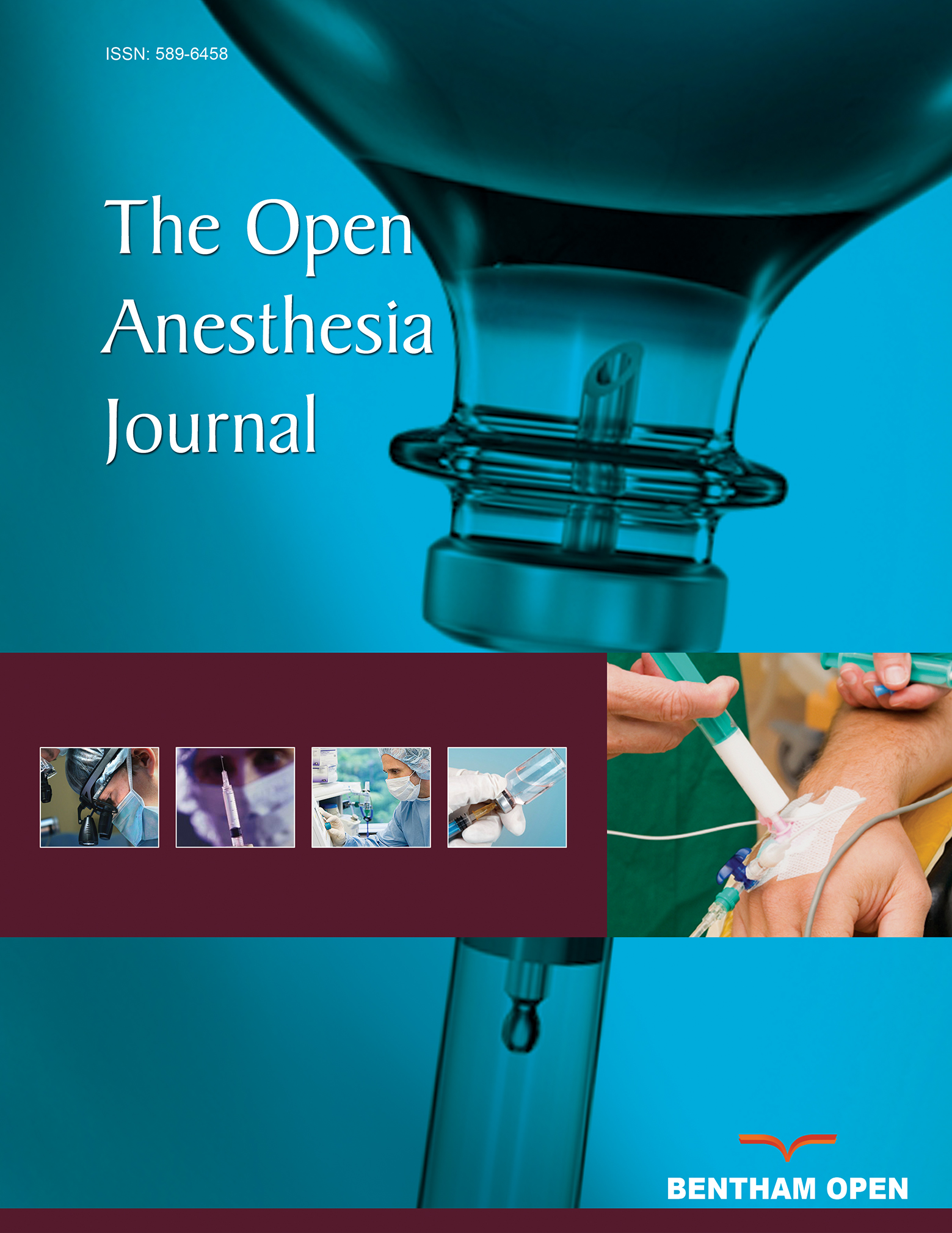Pain Management During Labor and Delivery in a Patient with Possible Local Anesthetic Resistance: A Case Report
Abstract
Background:
Local anesthetic resistance is a clinical entity characterized by inadequate analgesia despite technically well-performed procedures. The exact etiology and pathogenesis of this condition are not yet fully understood.
Case Presentation:
A 36-year-old Caucasian female presented to labor and delivery for induction of labor. On admission, the patient reported failure of epidural anesthesia during the previous delivery. An epidural catheter was placed, and analgesia was reported only at high doses of local anesthetic. The patient’s maximum pain level during delivery never reached a score of 2 out of 10.
Conclusion:
The most common causes of regional anesthetic failure are technical or placement failure, failure related to the local anesthetic itself, or localized infection. This patient appeared to have a true local anesthetic resistance, which was overcome by doubling the customary concentration of local anesthetic. Atypical responses to local anesthetics observed in the patient may be due to incomplete penetrance mutations in sodium channels since local anesthetics work through blocking nerve conduction by acting on these channels.


